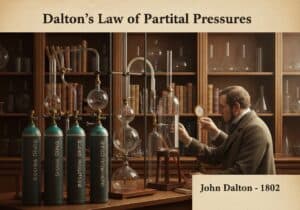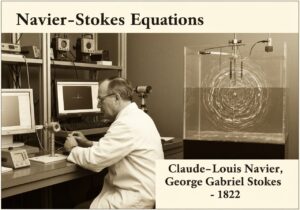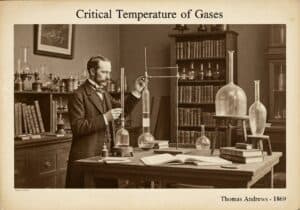L'ipotesi del continuo tratta i fluidi come materia continua piuttosto che come molecole discrete. Questa semplificazione è valida quando la scala di lunghezza del problema è molto più grande della distanza intermolecolare, consentendo di definire proprietà come densità e velocità in punti infinitesimamente piccoli. Ciò consente l'uso di equazioni differenziali per descrivere il comportamento macroscopico del flusso di fluidi.
The continuum assumption is a foundational concept in meccanica dei fluidi and continuum mechanics as a whole. It allows us to ignore the atomic, discontinuous nature of matter and model a fluid as a continuous substance or field. Under this assumption, properties such as density, pressure, temperature, and velocity are considered to be well-defined at any point in space and vary continuously from one point to another. This mathematical idealization is crucial because it permits the application of calculus, particularly partial differential equations like the Navier-Stokes equations, to model fluid behavior.
The validity of this assumption is determined by the Knudsen number ([latex]Kn[/latex]), which is the ratio of the molecular mean free path (the average distance a molecule travels before colliding with another) to a representative physical length scale of the problem. When [latex]Kn ll 1[/latex], the continuum assumption holds. However, in situations where the length scale is comparable to the mean free path, such as in rarefied gases in the upper atmosphere, in micro-electromechanical systems (MEMS), or in shock waves, the assumption breaks down. In these cases, more complex models based on statistical mechanics, like the Boltzmann equation or direct simulation Monte Carlo (DSMC) methods, are required to accurately describe the fluid’s behavior by considering the motion of individual molecules.
Pertanto, l'ipotesi del continuo rappresenta un ponte fondamentale tra il mondo microscopico degli atomi e il mondo macroscopico che osserviamo. Semplifica le complesse interazioni molecolari in proprietà gestibili e continue, rendendo la stragrande maggioranza dei problemi di ingegneria e fisica relativi al flusso dei fluidi trattabili computazionalmente e risolvibili con un elevato grado di accuratezza.































